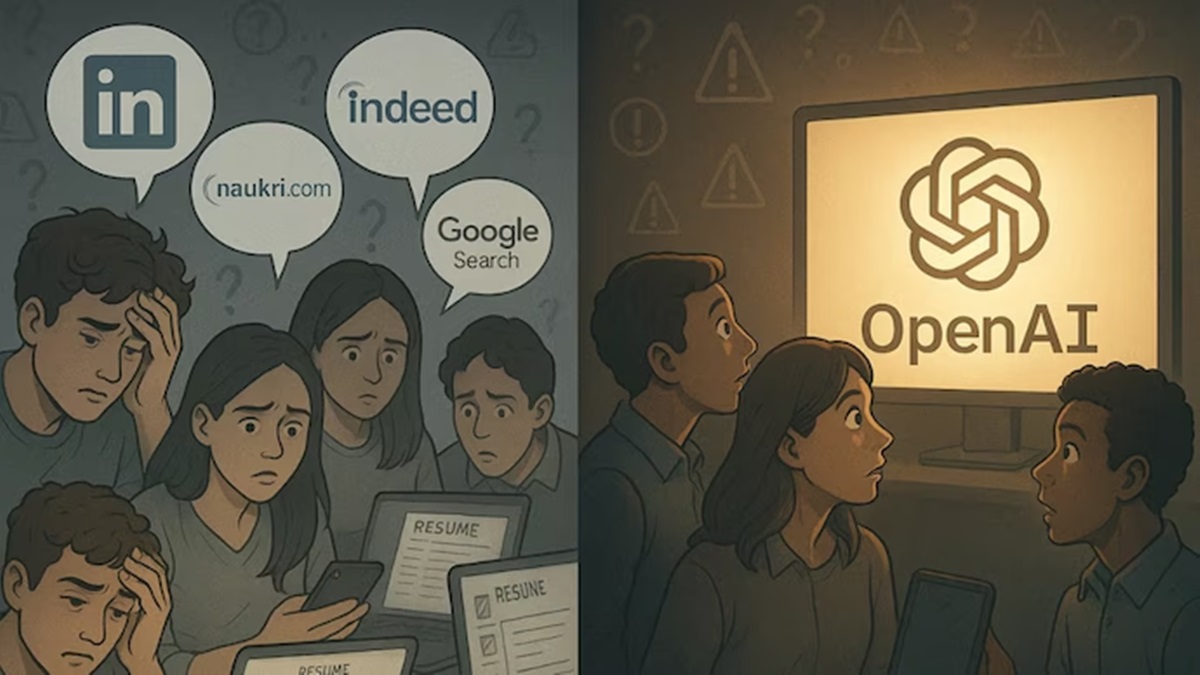As incidents of workplace violence continue to rise in healthcare settings, new technology is offering hope for both staff safety and retention. Jason Fass, vice president of growth at Canopy, says the sector is facing a crisis that goes beyond staffing shortages and heavy workloads.
Healthcare workers, especially nurses, are increasingly exposed to violence on the job. “Of all of the workplace violence incidents, roughly 75% of those happen in healthcare,” Fass notes, citing American industry data. This trend, which began escalating before the pandemic, has only worsened in recent years. Staffing shortages and heightened patient frustration have compounded the issue, leading to a cycle of burnout and attrition on both sides of the border.
Early intervention and real-time response
Canopy, a connected safety platform, is designed to address these challenges by providing wearable Bluetooth badges that allow staff to discreetly call for help. The system is cloud-based, enabling deployment across entire facilities without the need for on-premises servers or complex maintenance. When a staff member double-presses the badge, a signal is sent to the cloud, identifying the individual and their precise location. Alerts are then dispatched to nearby colleagues and security personnel, who can respond immediately.
This early intervention capability is proving to be a powerful tool for de-escalation. Fass explains, “whoever is closest can just step in and… it doesn’t have to be a physical altercation at that time. It could be very early and say, ‘hey, is there anything I can get for you?’ And just the presence of that third person can de-escalate.” The system’s discreet design allows staff to act at the first sign of trouble, rather than waiting for a situation to escalate.
Building a safer, more collaborative culture
Beyond immediate safety, the technology is having a measurable impact on workplace culture and morale. Hospitals using Canopy have reported significant increases in employee engagement, particularly around perceptions of safety. “They’re reporting they feel safer,” Fass says. “That reporting is leading to the staff feeling like the organization, the leadership actually cares about them in ways that they perhaps didn’t in the past.”
Some healthcare organizations are even using the platform as a recruitment tool, listing it among the benefits for prospective employees. The system’s data-driven approach also supports resource allocation. Incident reports generated by the platform allow security leaders to identify trends and adjust staffing accordingly. For example, if data shows a spike in incidents on certain days or in specific locations, additional security can be deployed proactively.
The introduction of safety technology is also fostering greater collaboration among healthcare teams. Fass observes that the system has helped bridge divides between nurses and physicians, encouraging a sense of community and shared responsibility. “Physicians are responding to these early duress events in a way that has kind of brought those two groups together,” he says.
For health and safety leaders, the message is clear: technology should be seen as an enhancer, not a replacement, for traditional safety measures. Fass emphasizes the importance of integrating new tools with existing protocols, such as de-escalation training and post-incident reviews. “Technology is not going to replace all the work that they’ve put in place already, but it can amplify it, it can multiply it,” he says.
As healthcare systems grapple with ongoing violence and burnout, adopting innovative safety solutions may be essential for protecting staff and sustaining the workforce.
Source – https://www.thesafetymag.com/ca/news/general/how-safety-tech-can-combat-healthcare-burnout/547057




















